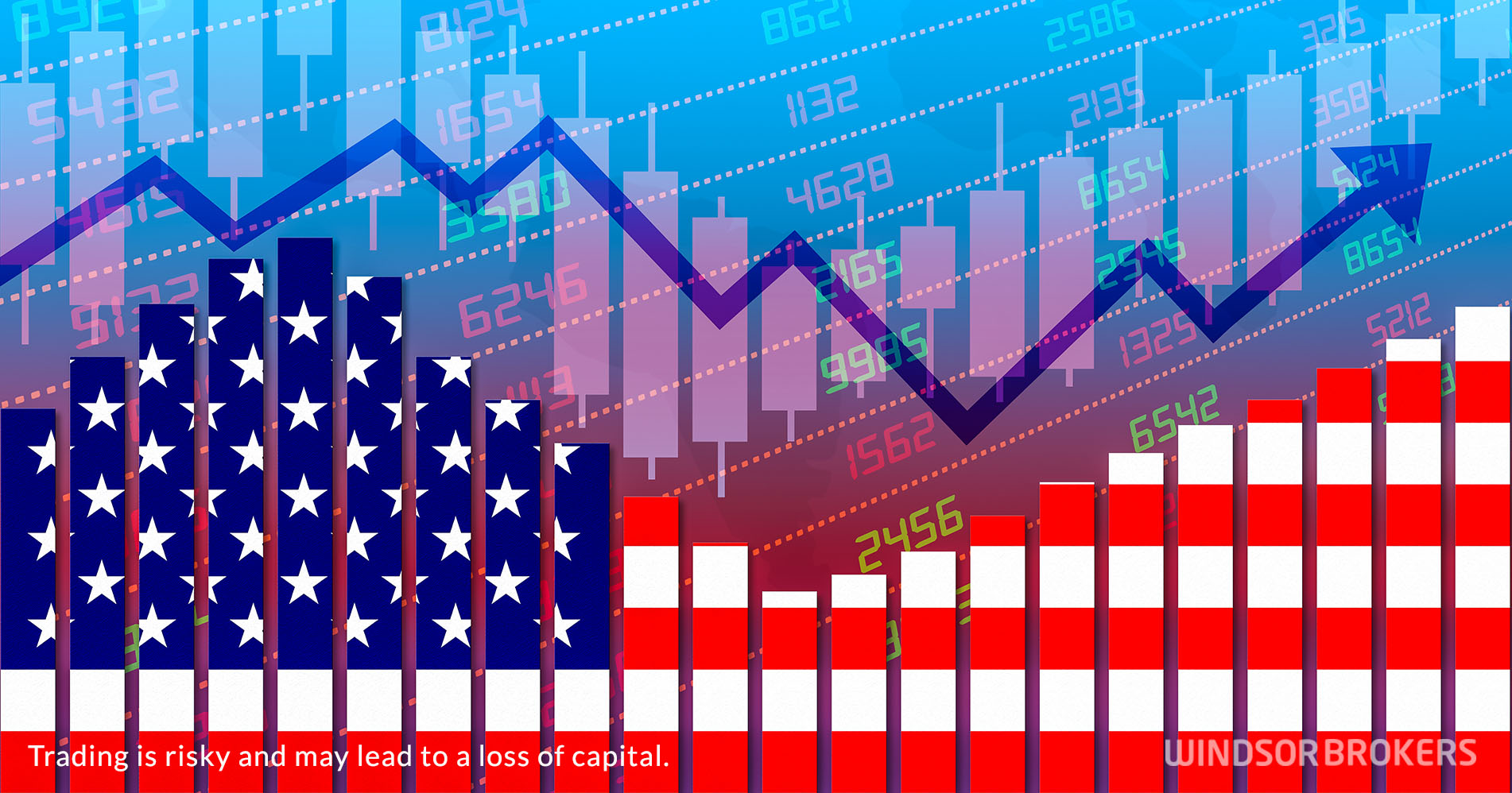US inflation rose further in November, increasing pressure on Fed ahead of policy meeting next week
The inflation in the US rose further in November, with annualized figure hitting 6.8%, in line with forecast, but well above 6.2% advance previous month, with November’s figure marking the biggest year on year rise since June 1982.
Monthly figure ticked lower to 0.8% in November from 0.9% in October, but came above 0.7% consensus, confirming that inflationary pressures remain strong.
So-called core CPI, which excludes volatile food and energy components, rose 4.9% on year-on-year basis from 4.6% increase previous month.
Persisting supply constraints continued to make the biggest contribution to rising cost of goods and services, denting Fed’s mantra that current high inflation is transitory and will eventually drop and return towards central bank’s 2% target which now looks quite far, but would more likely increase pressure on the Federal Reserve to quickly wind down its bond purchases and open way towards earlier than expected rate hike.
Economists expect inflation to rise further before it starts easing, as supply shortages are likely to persist through 2022.
The separate reports showed that conditions in the labor market are tightening as unemployment fell to a 21-month low in November, weekly jobless claims dropped to the lowest in more than 52 years last week, while there were 11 million job openings in October, but the number of Americans quitting jobs reached near-record levels.
Two key factors, tightening conditions in the labor market and inflation well above target, would strongly contribute to Fed’s decision to speed up tapering its massive stimulus on the central bank’s last policy meeting this year, due next week.


